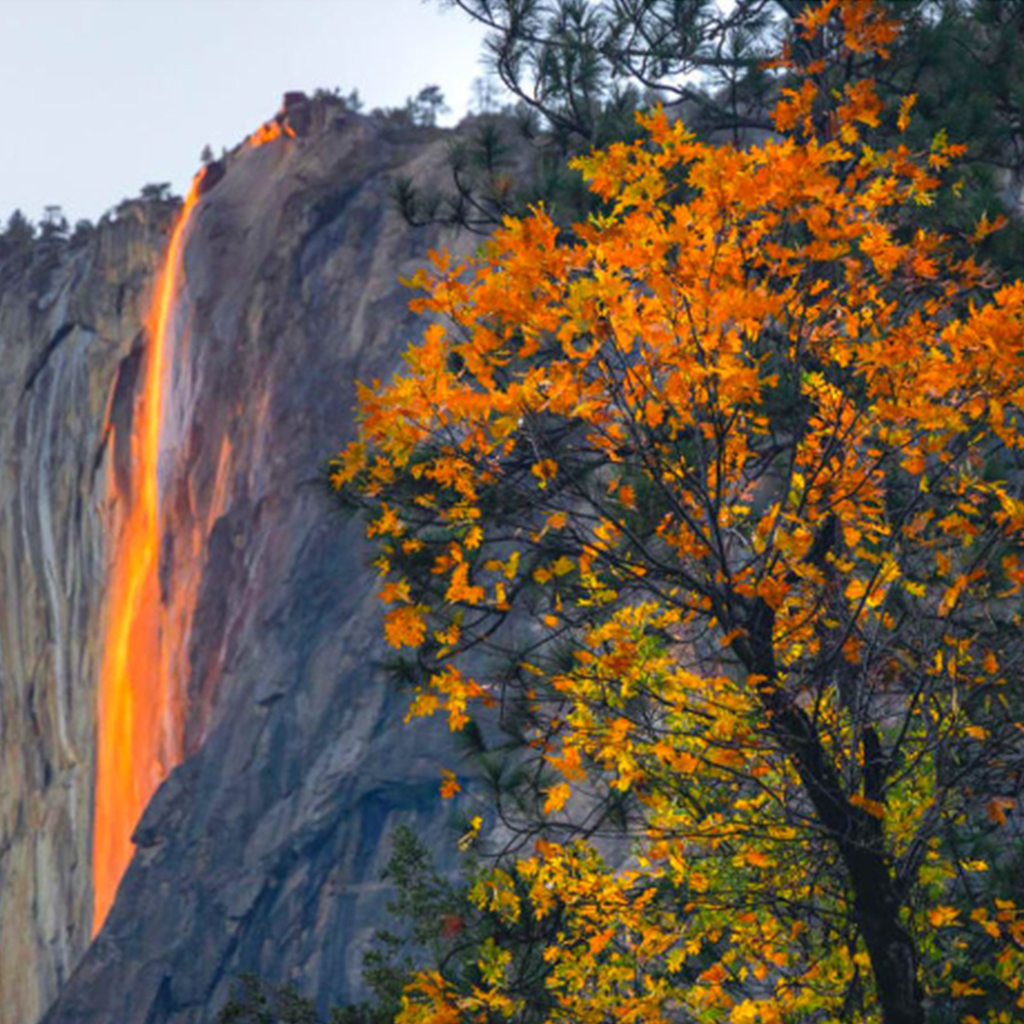It’s a winter migration that seems to get bigger every February: Thousands of photographers and nature-lovers flock to Yosemite National Park to see a natural phenomenon nicknamed “the firefall.”

The firefall is usually best seen in mid-February, because that’s when the small Horsetail Fall is flowing with runoff from winter storms. In addition, the park is requiring guests to make reservations in advance if they wish to attend during the highly sought-after Friday through Sunday firefall periods due to the event’s increased popularity in recent years.


A clear sky and enough snow for the waterfall to cascade over the rock formation is needed before the “firefall” effect can occur.
“Even some haze or minor cloudiness can greatly diminish or eliminate the effect,” the park service explained on its website.


As National Geographic points out, famed landscape photographer Ansel Adams first captured the waterfall in the 1940s, however, the image was in black and white. The first colour image of the “firefall” effect was captured by National Geographic photographer Galen Rowell in 1973.



If all goes well, the Yosemite Valley’s rocky peaks progressively coat El Capitan in shadow from west to east during sunset, leaving a narrow swath of light on the waterfall just before sundown. The marked contrast between the glittering mist and muted rock makes the waterfall look like it’s glowing.





